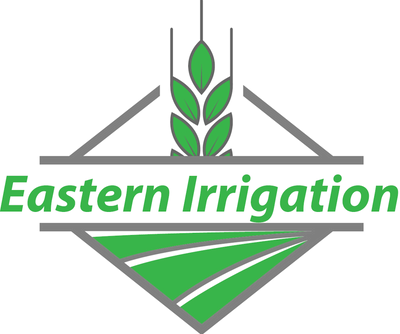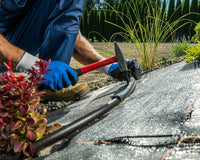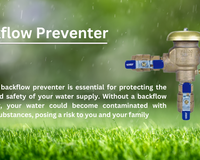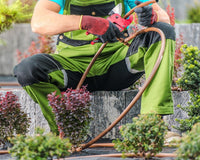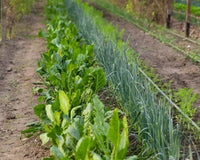As winter approaches, failing to prepare your irrigation system adequately can result in considerable damage. Freezing temperatures can wreak havoc on your pipes, valves, and other essential components.
We're here to guide you through the vital steps for winterizing your irrigation system effectively so you can save time money, and avoid unwelcome surprises come spring.

Understanding the Importance of Proper Insulation
Choosing the Right Insulating Materials
Begin by shutting off the water supply to your irrigation system. The primary shut-off valve plays a pivotal role and must be safeguarded against the biting cold. Opt for high-quality insulation materials like foam insulation tape and plastic bags, ensuring they wrap securely around the valve.
If your system doesn't have a main shut-off valve, consider it wise to install one as a long-term precaution. Similarly, insulate all above-ground piping using self-adhesive foam-insulating tape or foam-insulating tubes. These are readily available at home supply stores and effectively prevent freeze-related damage.
Importance of Insulating Backflow Preventers and Valves
Backflow preventers and valves, especially above-ground ones, require insulation too. While using insulating tape, ensure you do not obstruct air vents or drain outlets on backflow preventers, as it could impede their functionality.
Command and Control: Managing Your Automatic System
Understanding 'Rain Mode'
If your irrigation system operates automatically, you must disable the controller, often called the 'timer.' Most contemporary controllers feature a 'rain mode,' which deactivates the signal to the valves while retaining all pre-programmed settings. In essence, the controller continues to function without triggering the valves.
Safety Precautions for Pump Controllers
If your controller also activates a pump, take extra precautions. Disconnect the wires connected to the MV (Master Valve) and standard terminals. This step ensures that the pump doesn't accidentally activate, preventing potential damage due to overheating. Alternatively, you could shut off power to the controller altogether, but note that this action would require you to reprogram all settings in the spring.
Draining the Pipes: A Step-By-Step Approach
Methodologies for Pipe Draining
After disabling the water supply and controller, focus on draining the water from the pipes and sprinklers to prevent freeze-induced breakages. The standard methods to achieve this include:
- Manual Drain Valve: This involves opening a valve manually to let the water out.
- Automatic Drain Valve: These valves automatically release water when the pressure drops below a certain level.
- Compressed Air Blow-Out Method: Highly effective but potentially risky, this method uses compressed air to force water out of the pipes.
Safety First: Consult a Specialist
Due to the inherent risks associated with some draining methods, particularly the compressed air blow-out technique, we strongly recommend consulting a local irrigation specialist. Many experts offer specialized winterization services, which ensure your system's integrity while complying with all safety standards.

Proactive Winterization is a Wise Investment
Winterizing your irrigation system is not just a seasonal chore but a critical maintenance task that protects your investment. From the initial steps of insulating all vital components to managing an automatic system and safely draining the pipes, each aspect requires keen attention to detail.
By following these comprehensive steps, you're not just preparing for winter; you're setting the stage for a hassle-free and lush landscape come spring.
